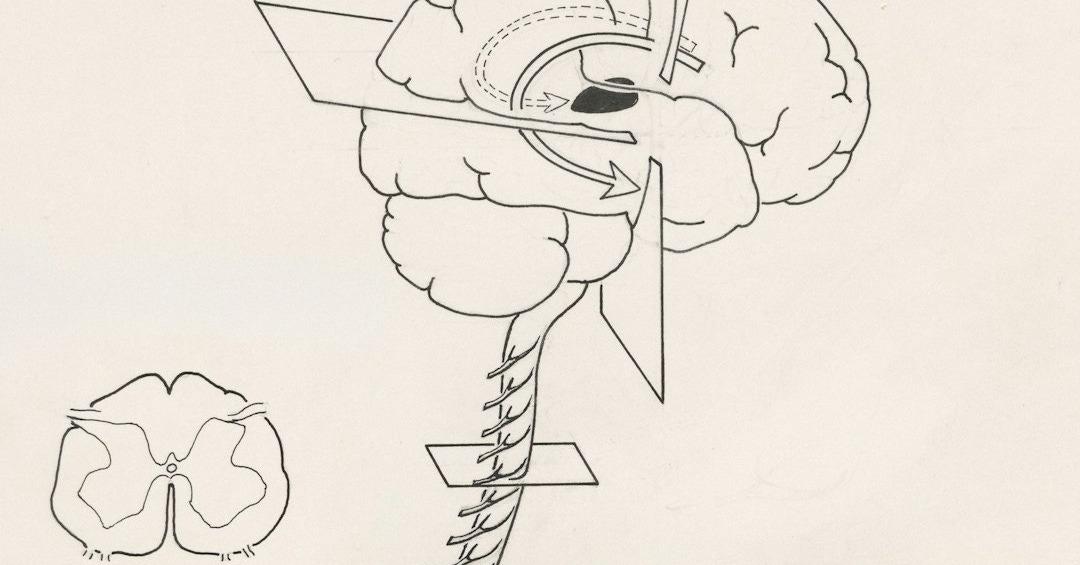Understanding your Nervous System: Why your body reacts the way it does
And what it’s trying to protect
You don’t have to be in physical danger for your body to feel under threat. A difficult conversation, a moment of shame, or a wave of anxiety can all be enough to send your nervous system into survival mode.
Our nervous system is always working in the background, scanning for signs of safety or potential threat. It helps us adapt, connect, respond, and survive. But sometimes, its protective mechanisms can leave us feeling reactive, stuck, or overwhelmed. This is especially true when those responses are triggered in everyday moments that aren’t actually dangerous.
Let’s take a closer look at how this works.
The Two Sides of Your Nervous System
The sympathetic nervous system is like an internal alarm. When it detects threat, whether real or imagined, it prepares you to act. Your breathing speeds up, your heart races, and your muscles become energised. You might feel nauseous or light-headed, as blood is redirected away from digestion toward your limbs. Stress hormones like adrenaline and cortisol are released, helping you focus and respond quickly. This is your survival system at work.
The parasympathetic nervous system helps restore calm. When this system is active, your heart rate slows, your breathing steadies, and your body enters a state of rest and recovery. It allows you to feel grounded, to connect, and to digest. This includes not just food, but also your experiences.
Both systems are essential. The challenge arises when the nervous system becomes dysregulated, when it gets stuck in a state of high alert or shutdown, or when it misreads cues and reacts as if we're in danger, even when we're not
When Survival Mode Feels Like Your Default
You don’t have to be in danger for your body to switch into survival mode. Emotional experiences like shame, fear, rejection, or uncertainty can all activate these deep, protective responses. These reactions are not chosen. They are wired. Your nervous system draws on past experiences, especially from early life, to decide how to respond.
Let’s explore the four core survival responses that most of us move through in different ways.
Fight, Flight, Freeze, and Fawn
Each response reflects a different kind of nervous system activation. Each one serves a purpose. But when these patterns are overused or triggered too often, they can become barriers to the kind of life and relationships you want to build.
Fight
Response Function: Protecting yourself by confronting the threat or regaining control.
“I’m not safe, so I’ll push back to take control.”
Behavioural: Anger, controlling behaviours, irritability, yelling, or trying to overpower the situation.
Physical: Surge of adrenaline and energy; increased heart rate; clenched jaw; heat or shaking in the body.
Cognitive: Focus narrows on the threat; heightened reactivity; thoughts may become fast, defensive or accusatory.
Flight
Response Function: Creating distance, avoiding, or ‘outrunning’ perceived danger.
“I’m not safe, so I need to get away.”
Behavioural: Avoidance, overworking, perfectionism, leaving situations early, difficulty sitting still.
Physical: Restlessness; jittery legs; cold hands or feet; fast breathing; tunnel vision.
Cognitive: Preoccupied with escape; hypervigilance; racing thoughts.
Freeze
Response Function: Conserving energy or becoming ‘invisible’ when escape or defence feels impossible.
“I’m not safe, so I’ll shut down and wait for the danger to pass.”
Behavioural: Withdrawing, shutting down, zoning out, feeling unable to move or speak.
Physical: Stillness; numbness; coldness; slowed heart rate and breathing; brain fog or dissociation.
Cognitive: Mental blankness; difficulty thinking, remembering, or speaking.
Fawn
Response Function: Appeasing others to reduce conflict or restore a sense of safety.
“If they’re okay with me, I’ll be okay.”
Behavioural: People-pleasing, over-accommodating, difficulty saying no, avoiding tension.
Physical: Tightness in the chest; shallow breathing; suppression of hunger or discomfort.
Cognitive: Hyper-awareness of others’ needs or moods; loss of connection to your own needs.
Cheat Sheet
Response ➜ Function
Fight ➜ Push Back or defend against threat
Flight ➜ Escape perceived danger
Freeze ➜ Shut down to survive
Fawn ➜ Appease to maintain safety
This Is Your Body Protecting You
These responses are not flaws. They are intelligent, protective patterns shaped by your experiences. Many of these patterns take shape early, through environments where you needed to find ways to stay safe or connected.
For example, if conflict often led to disconnection in childhood, your system might default to fawning. If speaking up was met with criticism, freezing might feel like the only option. These reactions are not about conscious choice. They are your body’s learned strategies for safety.
This process is sometimes called nervous system coding. Your body develops a kind of internal map over time, one that influences how it responds. The difficulty is that your system may not always distinguish between emotional discomfort and actual danger. So it responds as if the situation is threatening, even when it isn’t.
The First Step Is Understanding
Recognising your nervous system patterns is a starting point. It helps you meet yourself with compassion instead of frustration. It gives you the chance to create a bridge between awareness and care.
You might start by asking:
When do I notice myself shift into survival mode?
Which of these responses feels most familiar to me?
What helps me feel safe or grounded again?
These small check-ins can help you understand what your body is trying to protect and what it might need instead.
Let’s Pause Here
If what you’ve read so far has resonated, I’d love to invite you to keep exploring.
The rest of this post is for paid subscribers and includes:
Practical tools to help you regulate in moments of stress
What co-regulation looks like in adult relationships
How to build a daily rhythm that supports your nervous system
A guided reflection to map your personal survival responses
If you’ve found this helpful, consider subscribing or sharing it with a friend.
Upgrade to a paid subscription to unlock the full series and practical reflections.
Not ready to upgrade? No problem, subscribe for free to receive thoughtful insights straight to your inbox.
Keep reading with a 7-day free trial
Subscribe to The Inner Pages to keep reading this post and get 7 days of free access to the full post archives.




